I have cloud statistics (Structured data :: CSV) information; which i have to expose to administrator and user.
But for scalability; data collection will be collected by multiple machines (perf monitor) which is connected with individual DBs.
Now Manager (Mgr) is responsible of multicasting the request to all perf monitor; to collect the overall stats data to satisfy single UI request.
So questions are:
1) How will i make the mutiple monitor datas to be sorted based on the client request at Mgr. Each monitor may give the result as per the client request; but still how to merge multiple machines datas through java? Means How to perform in memory sql aggregate/scalar (e.g. Groupby, orderby, avg) function on all the results retrieved from multiple clusters at MGR. How do i implement DB sql aggregate/scalar functionality in java side, any known APIs? I think what i need is Reduce part of mapreduce technique in hadoop.
2) A request from UI (assume select count(*) from DB where Memory > 1000MB) have to be forwarded to multiple machines. Now how to send parallel requests to individual monitor and consume only when all the nodes are responded? Means how to wait User thread till consuming all the responses from perf monitors? How to trigger parallel REST request for single UI request on MGR.
3) Do I have to authenticate UI user at both Mgr and Perf monitor?
4) Are you thinking any drawback in this approach?
Notes:
1) I didn't go for NoSql because datas are structured and no joins are required.
2) I didn't go for node.js since i am new for that and may take more time on developing it. Also i am not developing any concurrent critical where single threaded are best suited. Here only push/retrieve of data is done. No modification happening.
3) I want individual DB for each monitor OR at-least two instances of DB's with multiple clusters for an instance to support faster accessing of real time BIG statistical data.

